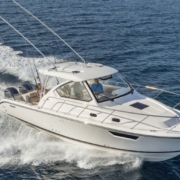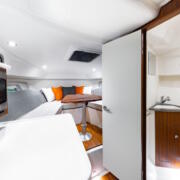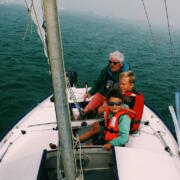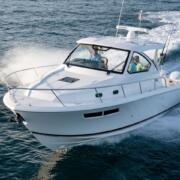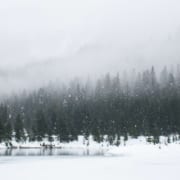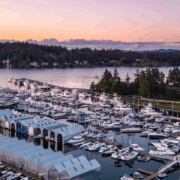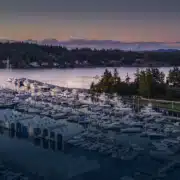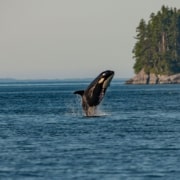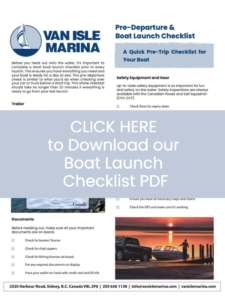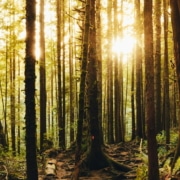Dear Valued Marina Customers,
We are excited to announce several significant projects designed to enhance the quality and functionality of the marina. These initiatives reflect our ongoing commitment to providing you with the best possible marina experience.
Dock Refurbishment Projects
Starting in early September, we will commence a comprehensive refurbishment of the docks. This project will begin with A Dock, followed by B Dock, C Dock, and conclude with the wood-decked section of D Dock. Each dock will undergo a construction period of 3-4 weeks.
We will install new encapsulated Styrofoam floatation on the main docks, expanding on last year’s upgrades to the finger piers. These improvements will enhance stability and protect the environment. Additionally, the main docks will receive state-of-the-art fiberglass decking panels, selected for their durability, enhanced grip, and ability to allow sunlight to penetrate, benefiting marine life beneath the docks.
We will also upgrade all seven shore gangway ramps, replacing the perforated aluminum with the new fiberglass decking panels for a smoother surface and improved traction.
New pedestals will be installed on all docks, featuring dock lights, electrical outlets and water taps. These pedestals will be equipped with powder-coated aluminum enclosures for durability, LED lighting directed downward to minimize glare and enhance nighttime visibility, and a central digital metering system. The enclosed, angled design will shield electrical receptacles from weather and damage, providing a secure connection and ensuring long term reliability. The water taps will also be upgraded to easy-to-use stainless steel gate valves, mounted on the side of every new pedestal for improved access and functionality.
Additional Winter Projects
In addition to the dock upgrades, we are undertaking major improvements to the boat ramp and shoreline. We will overlay five new concrete precast panels to the boat ramp reducing the slope and ensuring a smooth, seamless transition for the self-propelled SeaLift. This enhancement will significantly improve our capacity to safely haul out larger power boats, up to 70 feet. Steel guide rails will be added to both sides of the ramp, and one cast-in-place panel will complete the transition between the existing ramp and the new panels.
Additionally, we will reinforce the shoreline along F Dock with riprap boulders to reduce erosion along the driveway. This work will take place during the fall, in conjunction with favorable tides to minimize siltation.
Our Commitment to Excellence
This significant investment in the marina infrastructure demonstrates our commitment to offering a first-class boating environment. We are confident that the new floatation systems, decking, electrical pedestals, and improvements to the boat ramp and shoreline will not only enhance safety and functionality but also contribute to a more enjoyable and sustainable marina experience.
While we are excited about the benefits these upgrades will provide, we acknowledge that there will be some temporary inconveniences. During the construction on your section of the dock, water services will be temporarily unavailable. However, other areas of the marina will remain accessible for filling water tanks or washing boats. Please note that the boat ramp will be closed during December and January for the ramp repairs.
Every effort will be made to minimize disruptions, and we appreciate your understanding and cooperation as we work diligently to complete these upgrades.
We look forward to sharing the enhanced facilities with you.
Should you have any questions or concerns, please do not hesitate to reach out to our marina office.
Warm regards,
Greg Dickinson, BCom
President
VAN ISLE MARINA
